Research Article
Feeding Preference of Vexatious Microtermes obesi (Wheat Termite) (Blattodea: Termitidae)
University of Lahore, Institute of Molecular Biology and Biotechnology, Defense Road, Lahore, Pakistan
LiveDNA: 92.32270
Allah Ditta Nadeem
University of Lahore, Institute of Molecular Biology and Biotechnology, Defense Road, Lahore, Pakistan
Ayesha Aihetasham
Institute of Zoology, Punjab University, New Campus Lahore, Lahore, Pakistan
Sikandar Hayat
University of Lahore, Institute of Molecular Biology and Biotechnology, Defense Road, Lahore, Pakistan
LiveDNA: 92.35703
ORCID: 0000-0001-9533-086X
Zahid Hussain
University of Lahore, Institute of Molecular Biology and Biotechnology, Defense Road, Lahore, Pakistan
LiveDNA: 92.26140










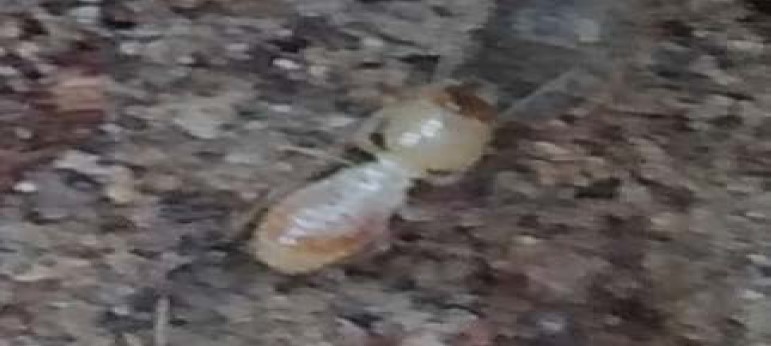
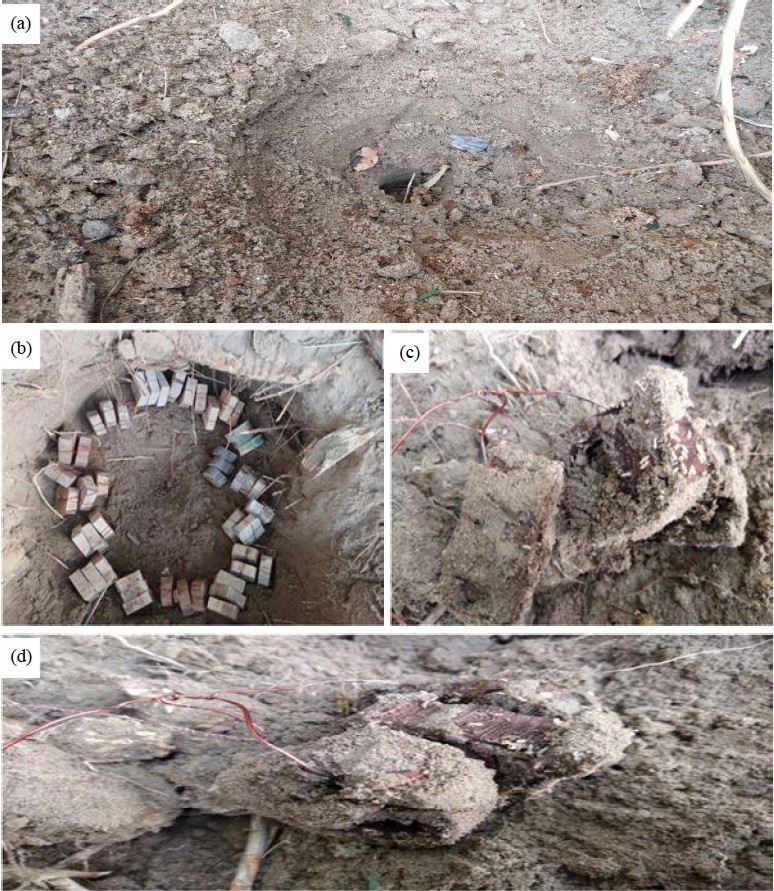
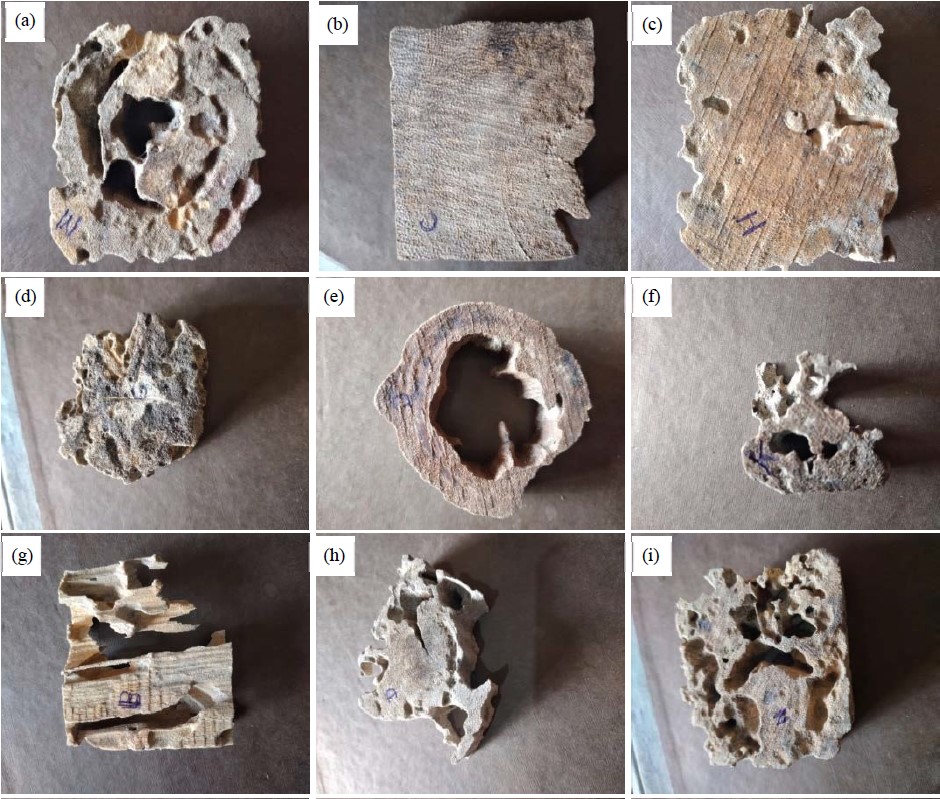
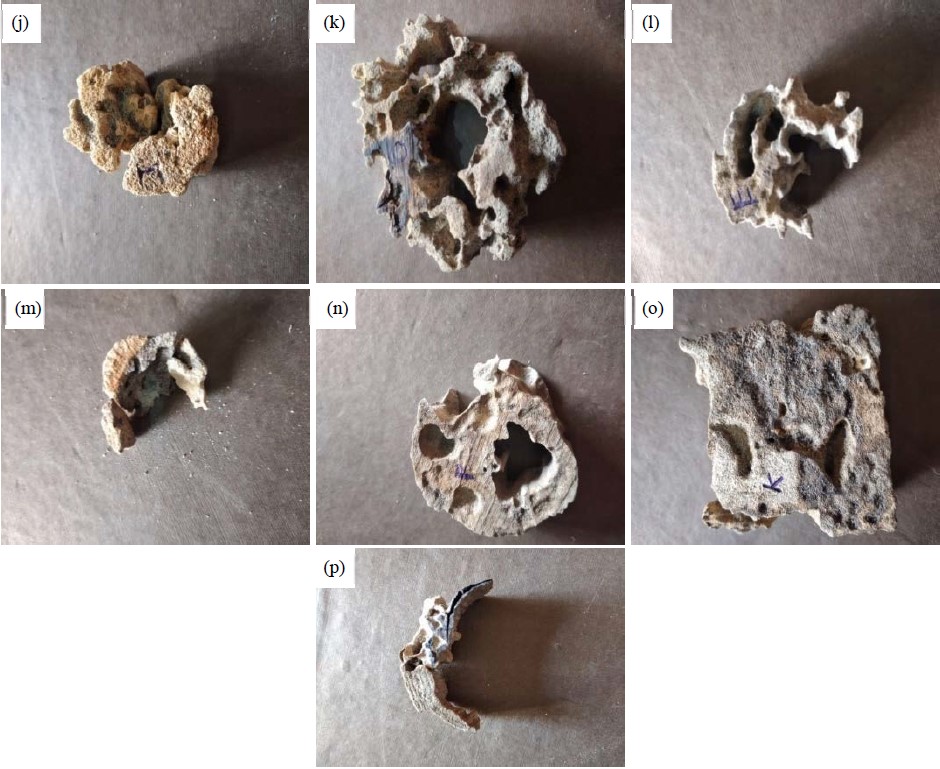
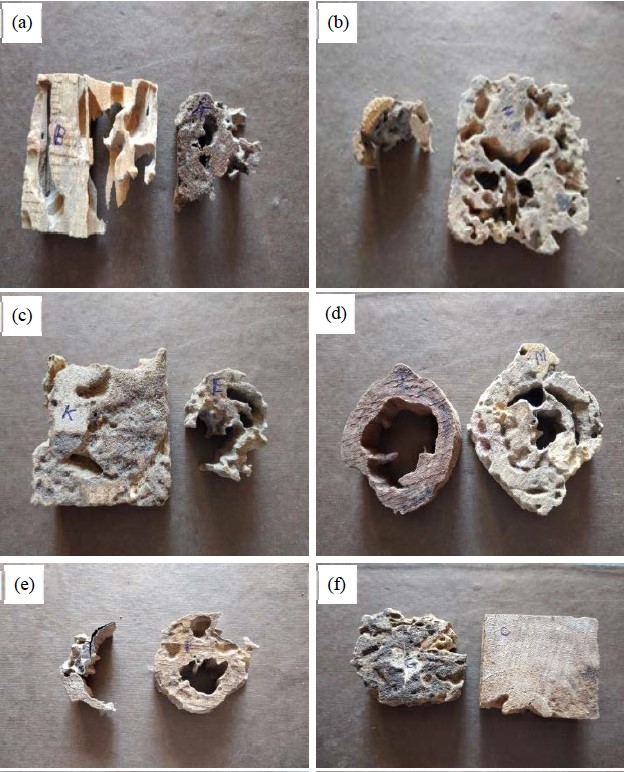
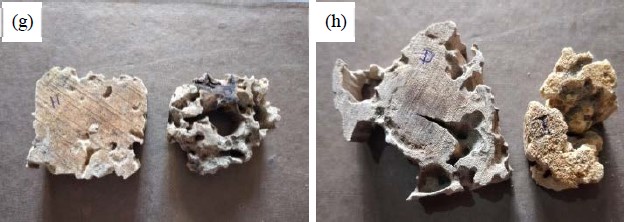
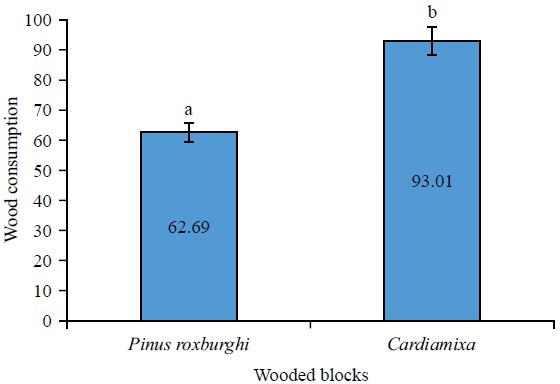
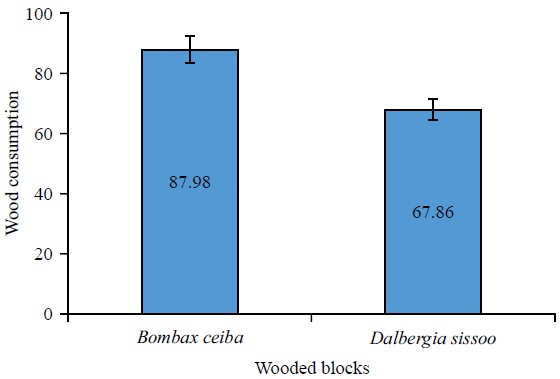
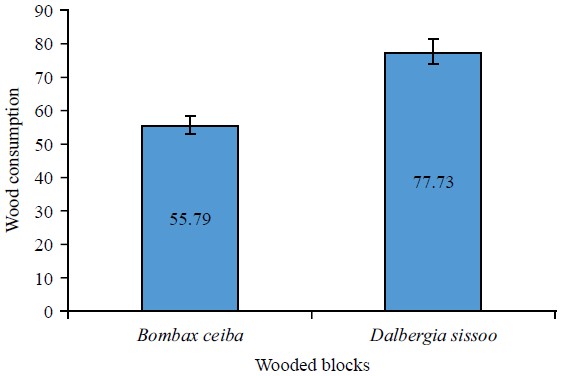
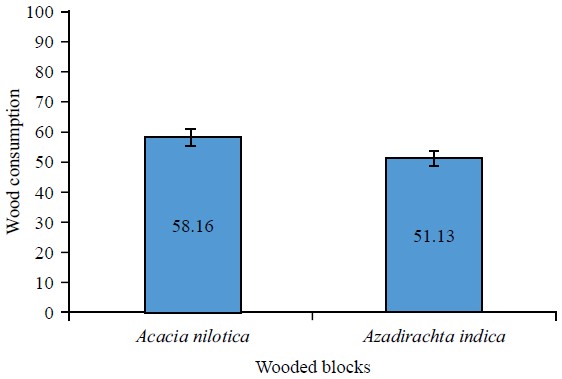
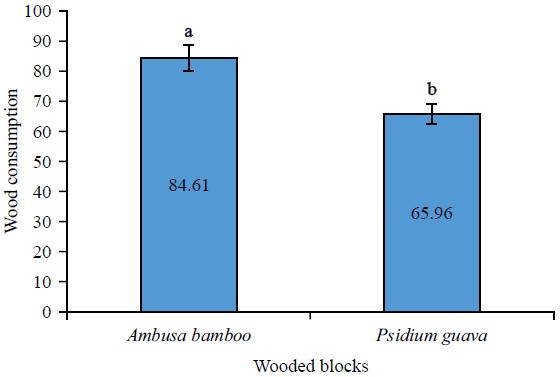
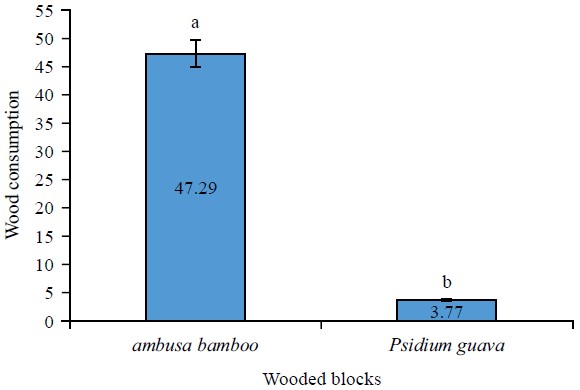
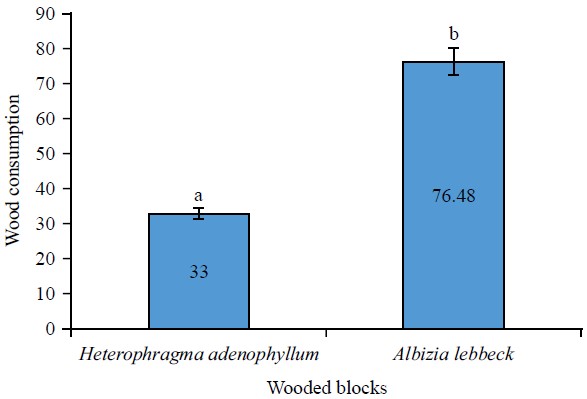
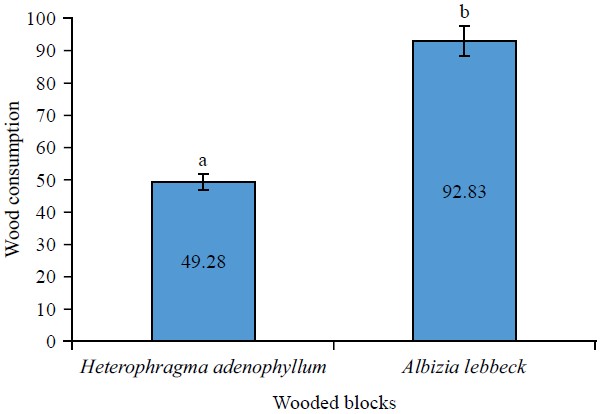
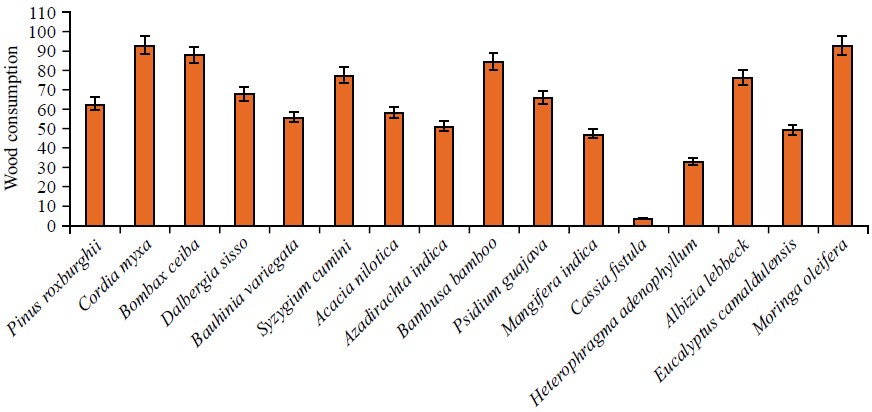
Khalid Zamir Rasib Reply
excellent presentation
Editor
Thank you very much for your kind words on our website. It means a lot to SciAlert that you found the presentation excellent. I appreciate your feedback and hope that you continue to find value on our website.